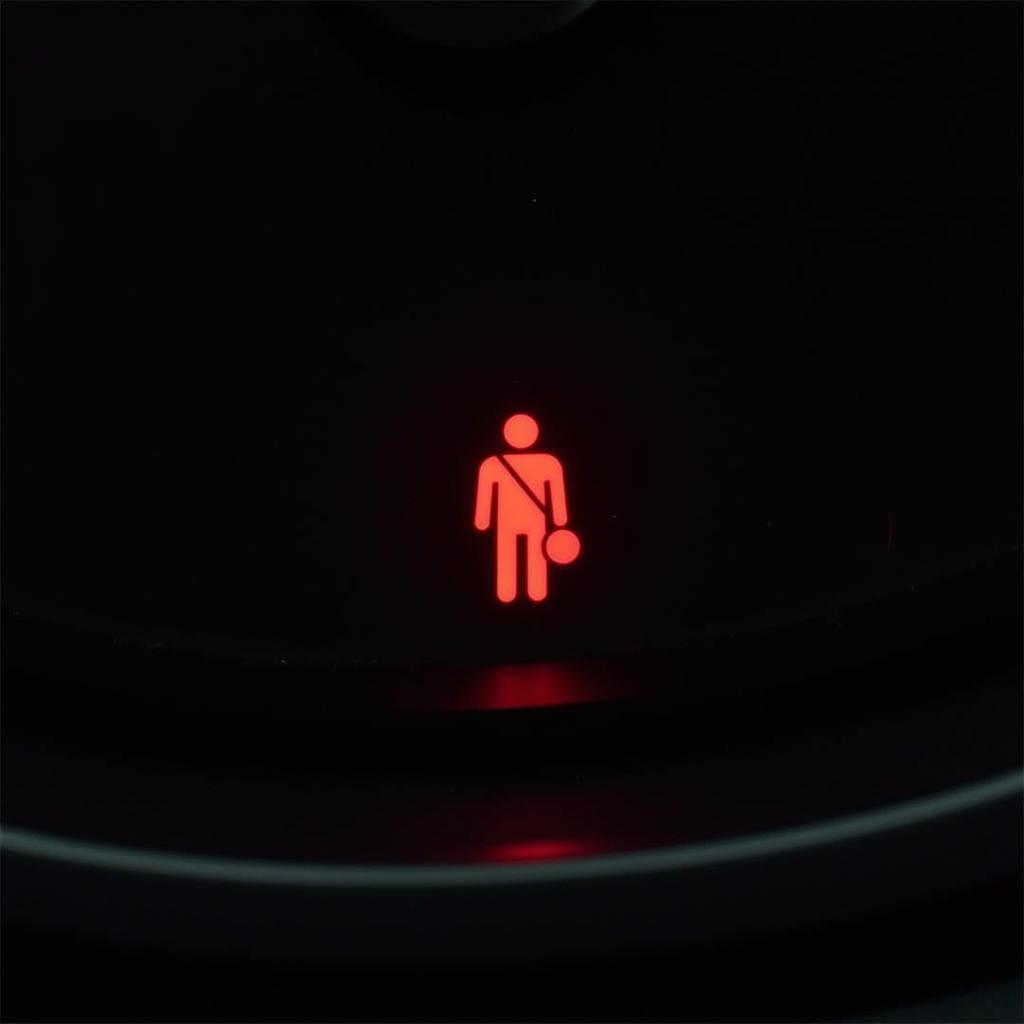The dreaded “Check Brake System” warning light on your Ford Transit can be a source of anxiety. This guide provides expert insights into diagnosing and resolving this issue, offering remote software solutions and practical advice for a quick and efficient fix. We’ll delve into the common causes, diagnostic procedures, and troubleshooting steps to help you regain control and confidence on the road. how to turn off brake warning light on ford transit
Understanding the Ford Transit Brake System Warning
The “Check Brake System” warning light is a critical indicator in your Ford Transit, signaling a potential problem within the braking system. This warning can stem from various issues, ranging from low brake fluid levels to more complex electronic malfunctions. Ignoring this warning can compromise your safety and lead to costly repairs.
Low Brake Fluid: The Most Common Culprit
Often, the “Check Brake System” warning is triggered by low brake fluid. Brake fluid is essential for transferring hydraulic pressure from the brake pedal to the brake calipers, enabling your vehicle to stop. Leaks in the brake lines or worn brake pads can lead to a drop in fluid levels. Regularly checking your brake fluid level and topping it up as needed is a crucial preventative measure.
 Checking Ford Transit Brake Fluid
Checking Ford Transit Brake Fluid
Brake Pad Wear: Another Frequent Cause
Worn brake pads are another common trigger for the “Check Brake System” warning. Modern Ford Transits are equipped with brake pad wear sensors that activate the warning light when the pads reach a critical thickness. Ignoring this warning can lead to metal-on-metal contact, damaging the brake rotors and significantly reducing braking efficiency.
ABS Issues: A More Complex Problem
The Anti-lock Braking System (ABS) plays a vital role in maintaining vehicle control during hard braking. Malfunctions within the ABS system, such as faulty sensors or a damaged ABS module, can also trigger the “Check Brake System” warning. Diagnosing and repairing ABS issues typically requires specialized diagnostic equipment and expertise.
Diagnosing the Problem: Remote Diagnostics and Software Solutions
Modern automotive technology allows for remote diagnostics and software solutions to pinpoint the cause of the “Check Brake System” warning in your Ford Transit. By utilizing specialized diagnostic software, technicians can access the vehicle’s onboard computer and retrieve fault codes related to the braking system. This remote diagnostic approach offers a quick and efficient way to identify the root cause of the problem. ford transit brake pad warning light reset
Using Diagnostic Trouble Codes (DTCs)
Diagnostic Trouble Codes (DTCs) are alphanumeric codes that provide specific information about the nature of the fault within the braking system. These codes are invaluable for technicians in accurately diagnosing the problem and determining the appropriate repair strategy.
Troubleshooting and Repair: Step-by-Step Guide
Once the problem has been diagnosed, the next step is to implement the necessary repairs. Depending on the complexity of the issue, repairs may range from simple DIY tasks like topping up brake fluid to more complex procedures requiring professional intervention.
DIY Fixes: Checking and Topping Up Brake Fluid
If low brake fluid is the culprit, topping it up is a straightforward process. Locate the brake fluid reservoir, carefully remove the cap, and add the appropriate brake fluid until it reaches the “MAX” line. Remember to use the correct type of brake fluid recommended by Ford for your Transit model. brake pad warning light transit
“Regularly checking and maintaining proper brake fluid levels is crucial for safe and efficient braking,” says John Smith, Senior Automotive Engineer at Ford Motor Company. “It’s a simple task that can prevent major brake system problems.”
Professional Repairs: Brake Pad Replacement and ABS Module Repair
Replacing worn brake pads and repairing or replacing a faulty ABS module are tasks best left to qualified technicians. These procedures require specialized tools and expertise to ensure the job is done correctly and safely. 2015 ford transit brake pad warning light reset
 Ford Transit Brake Pad Replacement
Ford Transit Brake Pad Replacement
“Addressing brake system warnings promptly is essential for preventing further damage and ensuring your safety on the road,” advises Jane Doe, Lead Technician at a Ford dealership. “Ignoring these warnings can lead to more costly repairs and potentially dangerous driving situations.”
Conclusion
Addressing the “ford transit check brake system warning” promptly is paramount for safe and efficient vehicle operation. By understanding the potential causes, utilizing remote diagnostic tools, and implementing appropriate repairs, you can effectively resolve this issue and maintain optimal braking performance. Remember to consult with a qualified technician for complex brake system problems or if you are unsure about performing any repairs yourself. the brake system warning light tells you what
FAQ
- What does the “Check Brake System” warning light mean?
- What are the common causes of this warning light in a Ford Transit?
- Can I drive my Ford Transit with the “Check Brake System” warning light on?
- How do I check my brake fluid level?
- How much does it cost to replace brake pads on a Ford Transit?
- What is involved in repairing or replacing an ABS module?
- How can remote diagnostics help in troubleshooting brake system issues?

